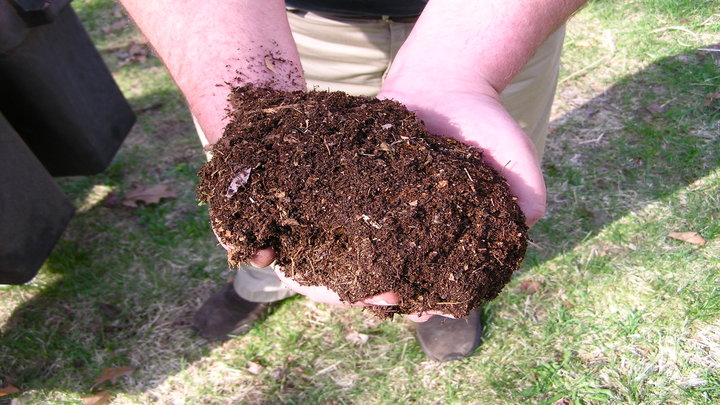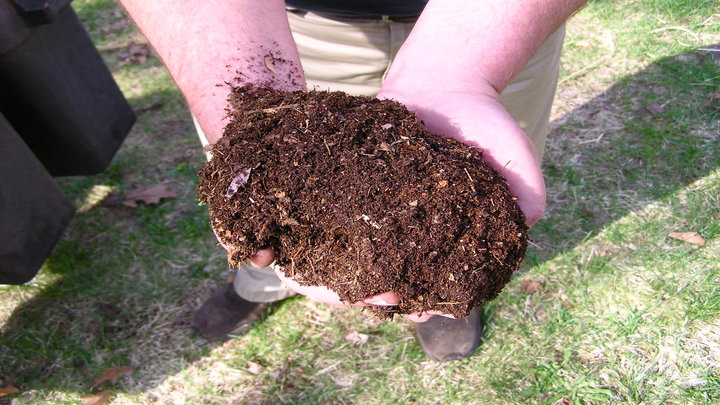How to make a worm farm with the grandkids

Worms, I hear you gasp, yuk! Actually, worms are some of the hardest working animals on the planet and they are great for composting. Your grandkids will love helping you to create a worm farm where the critters can chomp on your fruit and veg scraps, plus cardboard and even vacuum cleaner dust and hair! So much of our waste goes to landfill every year so you are helping the environment as well.
Here’s how to make a worm farm:
What you need:
– 2 polystyrene boxes with lids the same size (broccoli boxes are best)
– A strip of insect screen to fit into the bottom of the boxes
– Shredded newspaper
– A bucket of garden soil, or potting mix
– Water
– Food scraps
– Screwdriver for making holes
– 1000 composting worms (be careful not to buy ordinary earthworms. Head to a garden centre and ask)
Steps
1. Take one of your boxes and make some holes in the lid and the bottom of the box. This allows oxygen in and also allows extra water and worm wee to drain out. Make sure your holes are evenly spaced. The bigger the container, the more holes you will need. Use a pen or a screwdriver to make the holes.
Spread the insect screen in the bottom over the holes. This lets the liquid through but stops the worms falling out.
2. Next, fill your container about 3/4 full with shredded newspaper. Dampen your newspaper with water before you add it to the box. All the newspaper should be soaked through but there should not be extra water collecting in the bottom of the bin. Put some garden soil or potting mix in for grit. This will help your worms digest all the scraps you add to your bin.
3. It’s time to add some worms to the container! How much you put in depends on the amount of food scraps you plan to compost. 1000 worms are enough to start. Your worms will multiply if you keep them happy and well fed.
Place the box with the worms over the second box, allowing the water and worm wee to drain down into the second box.
4. Next, add some food scraps to the bin. See the below for what is good to compost but make sure you don’t overfeed your worms. Start by putting a small amount in one corner underneath some newspaper and see how long it takes your worms to break it down. This should give you an idea of how much your worms can handle at one time. Place your food scraps in a different spot each time.
5. Keep an eye on your worms and make sure that the shredded newspaper does not dry out. Lay a sheet of damp newspaper on top of the food scraps and keep a cover on your box. Worms love the damp and dark. Over the weeks, the worm wee will collect in the bottom box. You can mix this with water and sprinkle it on your garden. Over the months, a layer of worm poo will build up in the bottom of the top box. If you set up a new box on top, and transfer the worms across into it, you can clean out the poo and spread it over your garden for the best fertiliser you’ve ever used!
What composting worms like to eat
– Plate scrapings (cooked vegetables and stewed fruit leftovers)*
– Fruit peelings (not too many citrus peels)
– Vegetable scraps and peelings (not too many onions)
– Hair clippings and vacuum cleaner dust
– Stale biscuits and cakes
– Coffee grounds and tea bags
– Crushed egg shells
– Saw dust
– Soaked cardboard
*Note: putting bones or meat scraps in will attract rats and possums.
Will you be making a worm farm? Or do you have one already? What is another activity in the garden you love to do with the grandkids?









 Proudly Australian owned and operated
Proudly Australian owned and operated